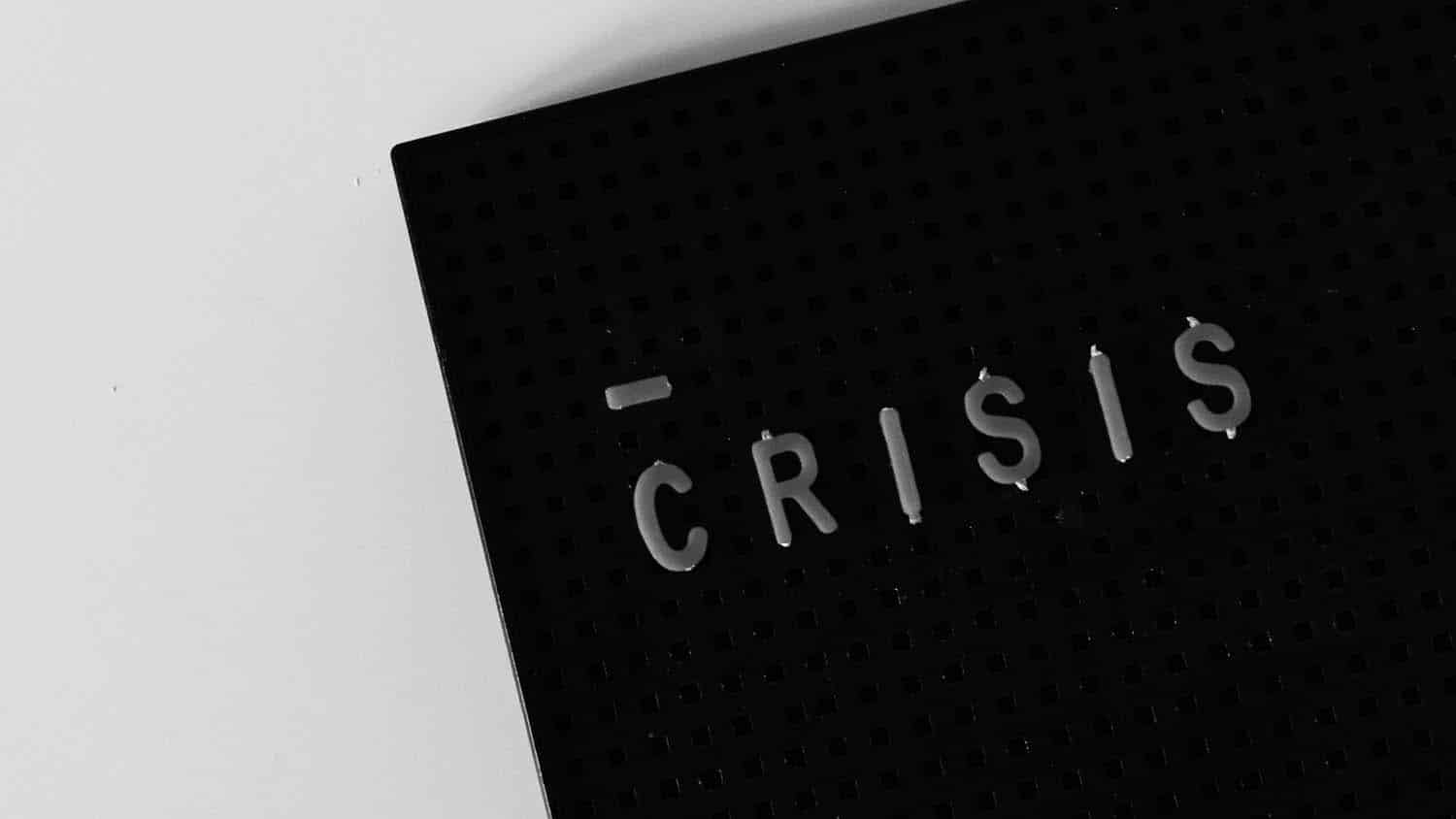Review Finds Big Blind Spots in Research on Social Media and Crisis Communications

For Immediate Release
A team of communication experts calls for researchers and organizations to take a global view when assessing how to use social media for crisis communication efforts, particularly in view of the COVID-19 pandemic. The call stems from a detailed assessment of almost 200 studies spanning 15 years, which found large swathes of the social media landscape essentially unstudied.
“Social media is a powerful communication tool that can be used to mitigate – or exacerbate – crisis situations,” says Yang Cheng, lead author of a paper on the work and an assistant professor of communication at North Carolina State University. “Our goal with this work was to assess our overall understanding of how different types of social media have been used, which sorts of crises have been studied, and to get an overview of how those efforts have been received in different contexts. We found that there are significant areas where we know little or nothing.”
For their assessment, the researchers analyzed 189 papers – published between 2006 and 2020 – that assessed crisis communications efforts involving social media.
“The big takeaway from this assessment is that we need to do more to assess crisis communications on a global scale,” Cheng says. “Social media allows people and organizations to share information internationally, but there is little or no research being done that evaluates how crisis communications on social media play out on a global scale. Instead, research focuses on specific regions: almost half of the research we evaluated in this review focused on the United States, and more than half focused only on Twitter and Facebook.
“This inevitably means that we are getting only a limited picture of how crisis communications efforts are playing out in the real world. The importance of gaining a broader, international understanding of crisis communications is underscored by our experiences during the COVID-19 pandemic. For example, we now know how important it is to public health to understand how to respond to misinformation on an international scale.”
To underscore the scope of what needs to be done, the researchers found no papers that looked at social media’s use in crisis communications in Africa. Even crisis communications research related to the Ebola outbreak in 2014 only collected data on efforts in the U.S. or Sweden.
Another key finding is that the vast majority of the social media/crisis communications research has been done on Twitter and Facebook. There has been very little work done on other popular platforms, such as Instagram, in crisis communications campaigns. There has been even less research on more recent social media platforms, such as TikTok, or social media platforms that are popular outside the U.S., such as Weibo.
“These understudied platforms, and geographic regions, are effectively blind spots in our understanding of social media and crisis communications,” Cheng says. “If we want to be better prepared to respond to the pandemics and natural disasters of the future, we need to deepen our understanding of how to communicate effectively via social media in times of crisis.”
The paper, “The State of Social-Mediated Crisis Communication Research through the Lens of Global Scholars: An Updated Assessment,” is published in the journal Public Relations Review. The paper was coauthored by Yuan Wang, of the City University of Hong Kong, and Yeqing Kong, of the University of North Carolina Wilmington.
-shipman-
Note to Editors: The study abstract follows.
“The State of Social-Mediated Crisis Communication Research through the Lens of Global Scholars: An Updated Assessment”
Authors: Yang Cheng, North Carolina State University; Yuan Wang, City University of Hong Kong; and Yeqing Kong, University of North Carolina Wilmington
Published: March 3, Public Relations Review
DOI: 10.1016/j.pubrev.2022.102172
Abstract: Through a content analysis of 189 discrete academic articles published in key journals included in the Social Sciences Citation Index via the Web of Science from 2006 to 2020, this study investigates the state of global social-mediated crisis communication (SMCC) research. More specifically, it identifies the patterns of theoretical and methodological approaches as well as types of crises, social media platforms, and contextual factors discussed in the SMCC research. Our findings demonstrate the common trends and differences between regions or societies. Scholars from North America dominated this field and used quantitative methods such as content analysis and experiments as primary methods. Western-based situational crisis communication theory was the most frequently used theoretical framework. Meanwhile, Twitter and Facebook were the most frequently applied social media tools. Additionally, natural crises were studied most frequently. Nearly half of the SMCC studies collected research data about crises within America, and none of them focused on African countries. Contextual factors such as political, cultural, and media characteristics affected online crisis communication practice. Implications of this study shed light on current theoretical gaps that can inform future agendas.
This post was originally published in NC State News.
- Categories:


